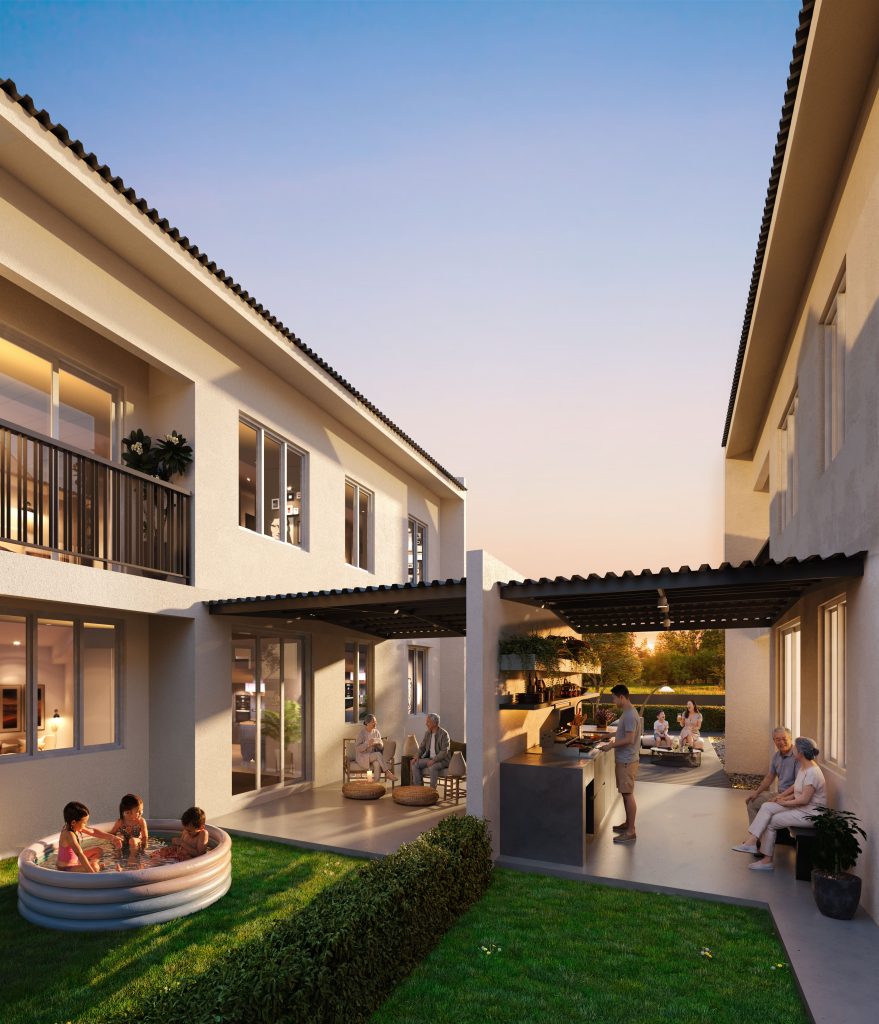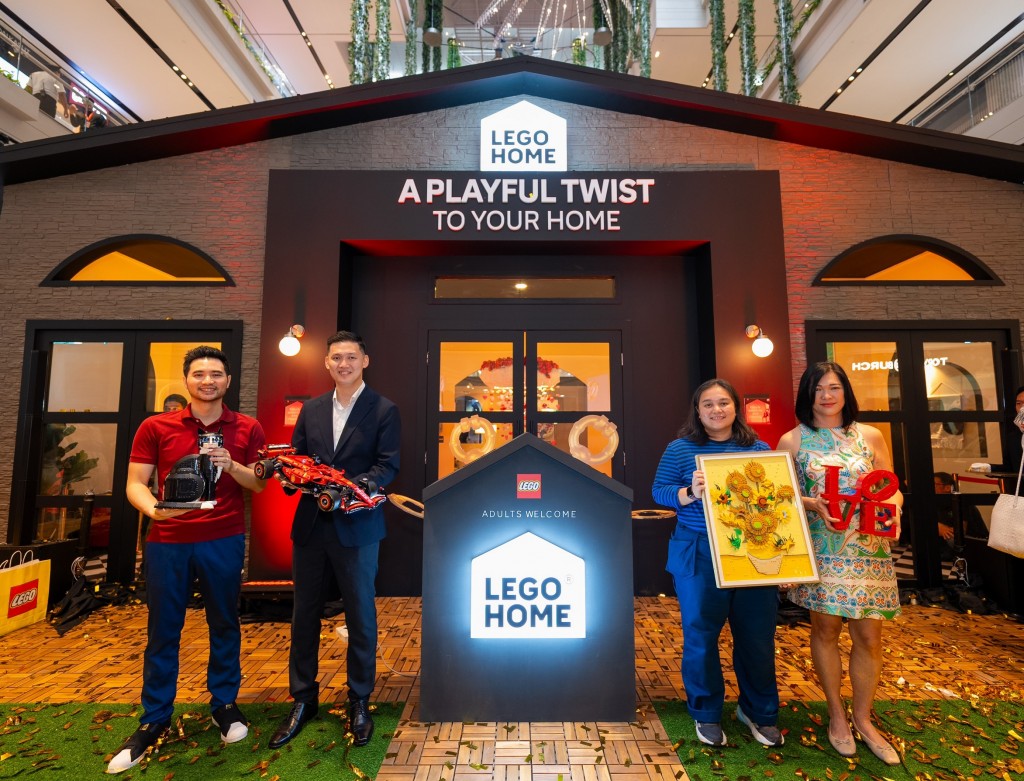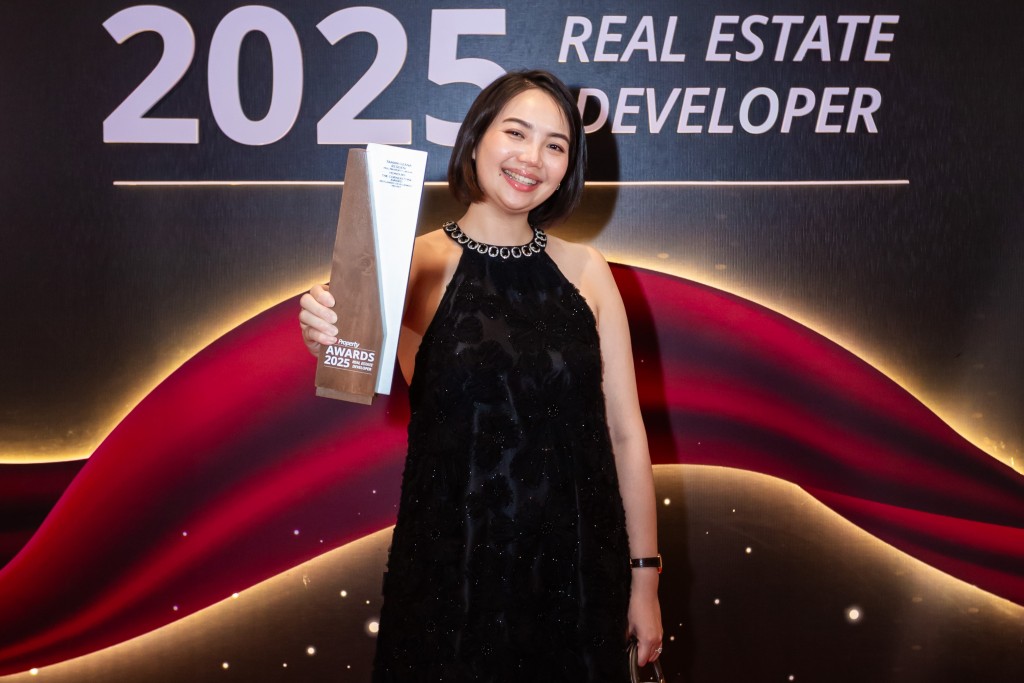Contributed by David M Hashim
As the year comes to a close, I find myself reflecting on the past 12 months. And in preparing this article on architecture and design, my mind has been wandering back to the buildings and places I have visited around the world in that time, and the experiences I have gained in those journeys. It is natural I suppose to compare the distant cities I have explored with my own home of Kuala Lumpur and to contemplate the differences, both for better or worse. Perhaps such considerations may lead to insights into how to improve my own beloved city.
For example, why does the public realm of Kuala Lumpur not exhibit the opulence and grandness of some of our favourite cities in the West? Why are our streets, public squares and cultural amenities so meagre by comparison? Let’s consider this question.
The great cities of Northern Europe share many things in common. While each may contain a congested ancient or medieval core, they blossomed into their current opulent grandeur with the arrival first of the Renaissance and later the Scientific and Industrial Revolutions. As the age of enlightenment dawned upon Europe and wealth exploded on the continent, there arose a desire (and means) to go beyond functional necessities and to create things of exquisite beauty for the mere pleasure of humanity; in the arts, in architecture and the public realm.
But it was the power and dictate of the then-authoritarian State that directed all major interventions in the built environment. Empowered by the vast resources derived from the colonisation of distant peoples and the necessity of projecting their imperial domination and cultural and religious superiority, public projects of immense scale were built across Europe. Grand palaces, churches, government offices, museums, libraries and theatres arose, all arranged along wide tree-lined axial streets and complemented by large plazas, water features and extensive gardens.
The evolution of European cities
Then, as imperial European governments evolved into thriving modern democracies after the influence of communism and the dual cataclysms of the 20th century, these capitals were forced to open their collections of imperial institutions, grand courtyards and royal landscapes over to their newly empowered rakyat. These were maintained by exorbitant socialist taxes and subsidies. The royal families, diminished in stature, opened or relinquished their stately properties. Even privately owned castles and palazzos, under the duress of heavy land and estate duties, were eventually surrendered to the state and converted into tourism attractions. Thus was born the quintessential European Capital City.
The outcomes of this unique history are the grand capitals of (especially Northern) Europe that we know and love today: Paris, Stockholm, Oslo, Brussels, Amsterdam, Berlin and many more. Even the mega-cities of North America, with their capitalist underpinnings, do not exhibit the civic extravagances of their European counterparts. In summary, it was the very specific and distinct sequence of historic socio-economic events occurring over centuries, that enabled the expansive investments in the public realm of these European capitals.
A different start
By comparison, Kuala Lumpur is only about 150 years old and was founded in very humble beginnings as a colonial outpost in the global backwaters of Southeast Asia. Although the countryside produced vast wealth derived from mineral and agricultural commodities (tin, rubber and later palm oil), much of it was purloined by the British to build their own magnificent cities in England. Thus, Kuala Lumpur lacked the financial resources and political will to erect the monumental edifices and grand public spaces which it deserved.
Nevertheless, while the instincts of British colonists in the building of public works to intimidate the natives (and competing imperialists) were alive, the scale and budgets of such projects paled in comparison to those in London. The best efforts of our colonial masters here in Kuala Lumpur were merely at the scale of Bangunan Sultan Abdul Samad and its padang, a train station and mosque.
Malaysia also did not experience the great political emancipation within the late-2nd millennium European society that inspired the building of grand public projects. Except for a few notable exceptions (eg. Stadium Merdeka, Tugu Negara and the Parliament House), our independence in 1957 did not have a big impact on the commissioning of major public works and spaces. Even today, the idea that our taxpayers should fund the construction and maintenance of large public projects for leisure and cultural well-being (other than perhaps the basic functions of infrastructure, education and healthcare) is politically untenable.
Private interest vs public domain
Instead, the urbanism of Kuala Lumpur was sculpted primarily by private interests which attached little importance to the public domain, and today it is increasingly determined by the demands of private finance. And unfortunately, the advent of two national car projects further sacrificed the pedestrian realm to accommodate the surge in personal vehicles and prioritisation of its accompanying infrastructure. As for our royal estates, unlike in Europe, they remain firmly the private domain of the royal families.
In conclusion, it may be natural to compare Kuala Lumpur unfavourably to these grand European capitals and complain about why Kuala Lumpur doesn’t have the wide pedestrian-friendly landscaped boulevards and a vast public realm filled with monuments, statues and fountains, and the cultural institutions that we so admire. The fact is that our particular socio-economic history, so modest and different from that of imperial Europe, dictated the fate of our urban form. It simply could not have been otherwise.
In a future article, I will explore ways in which these shortcomings may be remedied, and how Kuala Lumpur may one day rise to be among the great capital cities of the world.
Stay ahead of the crowd and enjoy fresh insights on real estate, property development and lifestyle trends when you subscribe to our newsletter and follow us on social media.














































